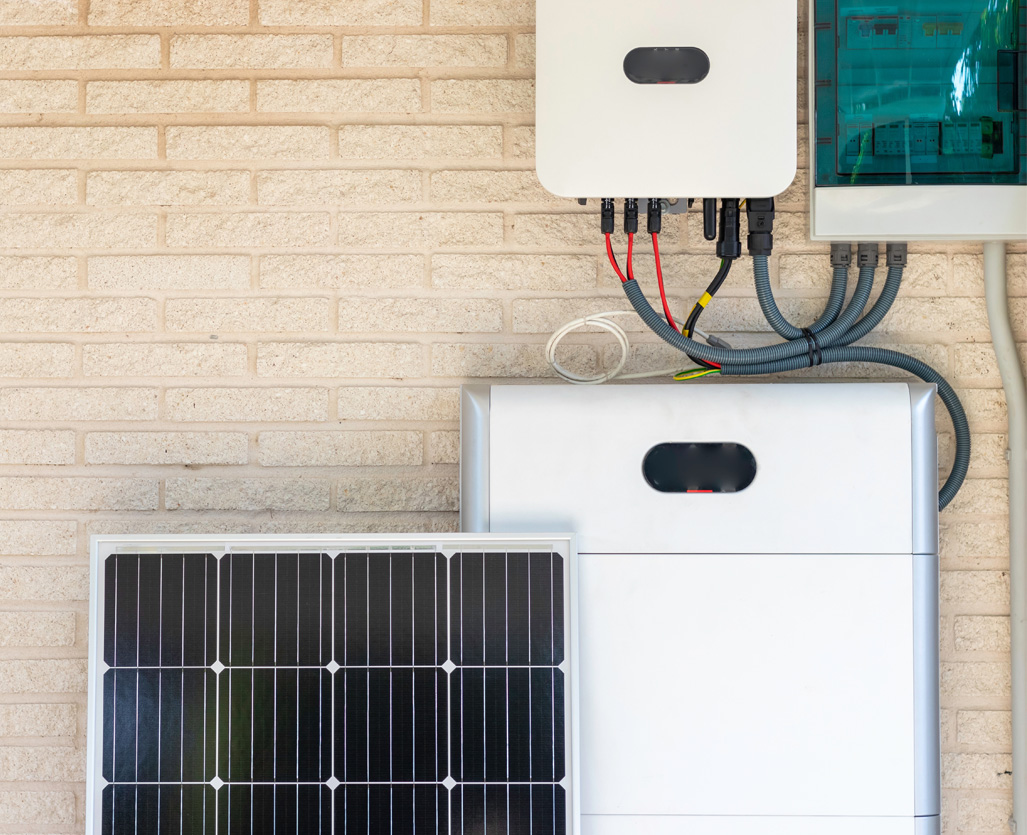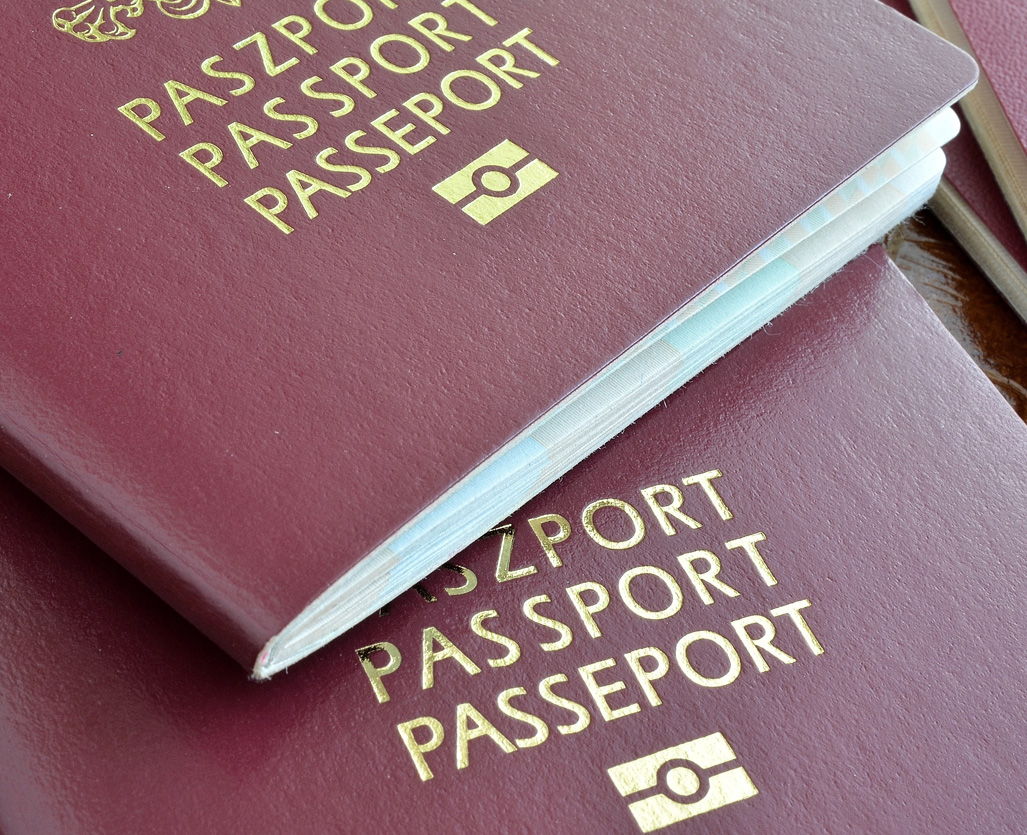Ever heard of a passport for a battery? The European Union this month announced regulations requiring large batteries to have one. And where Europe goes, very often, so does the rest of the world, including Aotearoa New Zealand.
From the start of 2026 all electrical and industrial batteries on the EU market over 2kWh will have to carry a QR code which links to a digital passport. This will contain information on the battery’s carbon performance, durability, electrochemical performance and, critically, its origin and composition.
This provides revolutionary product transparency which allows retailers and consumers to scrutinise the performance and sustainability credentials of a battery. This is especially important considering concerns around the human and environmental impacts of battery production.
It will give both those who sell and buy products like EVs the ability to put pressure back up the supply chain to ensure battery production is both ethical and sustainable.
The battery’s end of life is also taken into account, with the passport containing information on the unit’s repair and disassembly options as well as how the components can be recycled.
At the same time targets are being set for battery recovery and mandatory minimum levels of recycled content.
Key targets and requirements:
- Battery producers must finance or organise the collection of waste batteries through an extended producer responsibility, take-back network covering the whole EU.
- Lithium recovery from waste batteries must be 50% by 2027 and 80% by 2031.
- Minimum recycled content in new batteries of; cobalt (12%), lead (85%), lithium (4%) and nickel (4%), from 2030.
- Battery producers will be required to report the carbon footprint of the production phase of a battery.
- From 2027 EV and industrial battery retailers must conduct supply chain due diligence to reduce social and environmental risks.
- A publicly available record of the battery material’s chain of custody must be kept for five years.
The surge in demand for battery components and materials means keeping batteries in use for as long as possible and recovering the valuable resources they contain is vital. This is not only needed to reduce the impacts of extracting virgin materials but prevent demand outstripping supply and driving prices to unaffordable levels.
As noted by the Spanish Minister for the Ecological Transition Teresa Rivera, the battery passport, “Will promote the competitiveness of the European industry.”
The regulations also require the batteries to have a unique serial number along with information such as the production date, battery type, chemical composition and intended use.
Shifting away from fossil fuels shouldn’t be simply about using a less carbon intensive form of energy to power our lives. True sustainability takes a holistic approach to reduce the negative impacts at all stages along the supply chain, and this is exactly what the battery passport aims to achieve.
The nature of New Zealand’s market means it’s led by the big players, like the EU and with the increasing uptake in hybrids, EVs and solar technology in New Zealand, this announcement is well timed.


